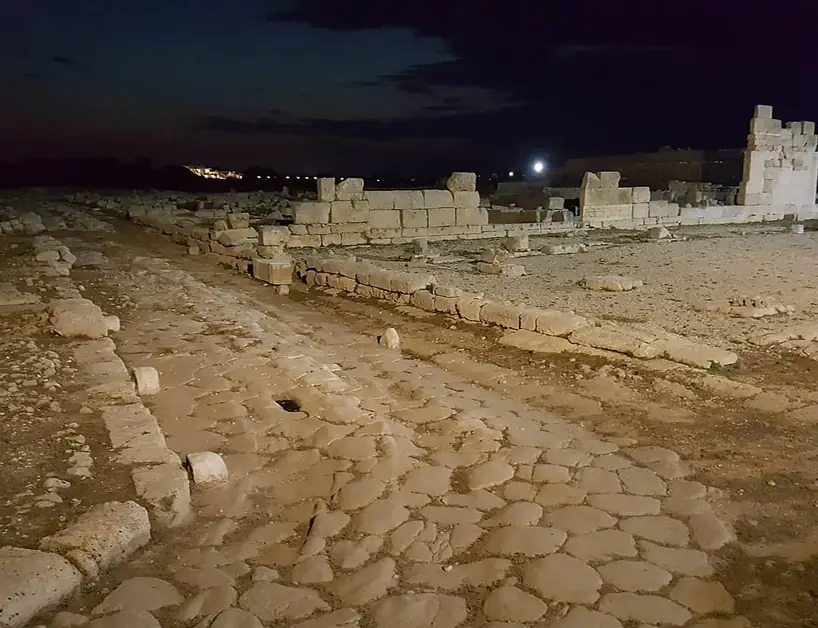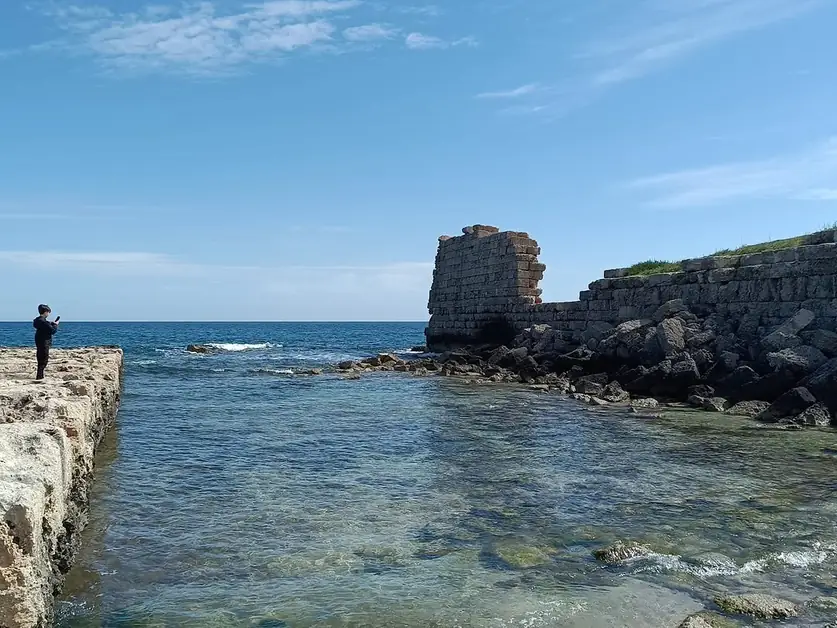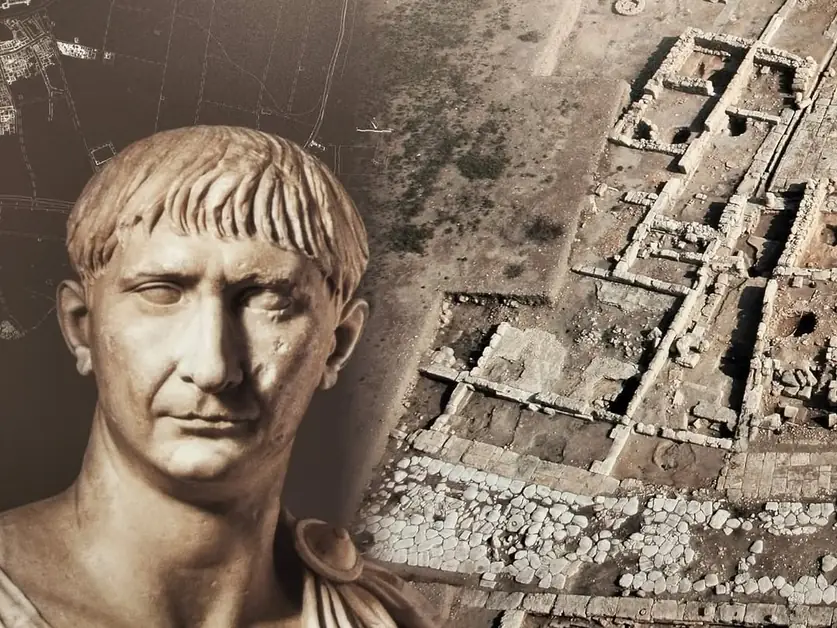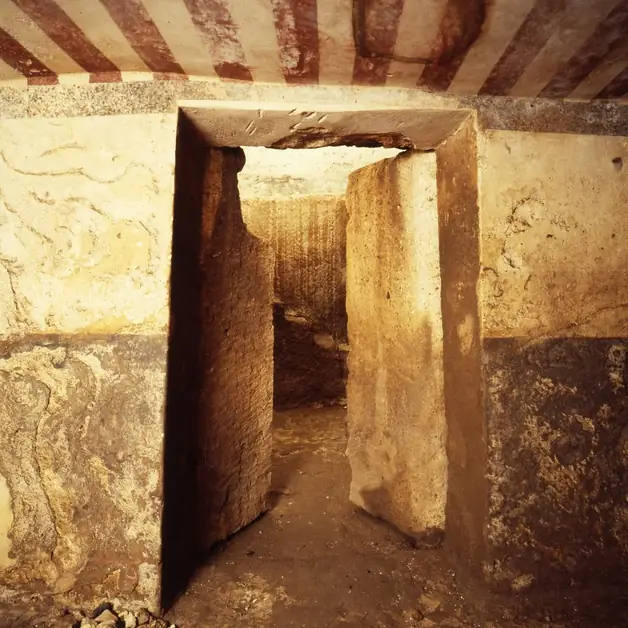Visit the National Archaeological Museum of Egnazia
Visit the National Archaeological Museum of Egnazia to discover history and culture.
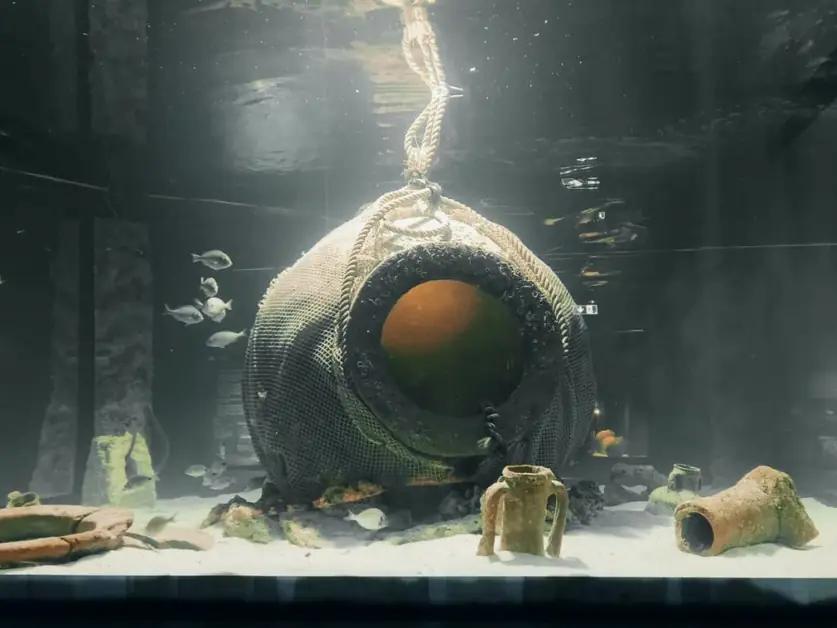
What is the National Archaeological Museum of Egnazia “Giuseppe Andreassi”?
The National Archaeological Museum of Egnazia, named after Giuseppe Andreassi, is located just outside the walls of the ancient Gnathia, in the area of the Messapian necropolis. It is a unique museum because it tells the story of thirty centuries, from the Bronze Age to the Middle Ages, with a clear and engaging exhibition. The location is strategic for travelers: between Monopoli and Fasano, in Puglia, just a stone's throw from the Archaeological Park of Egnazia and the Adriatic Sea. Anyone entering the museum embarks on a journey through time. Starting from the huts of the Bronze Age and arriving at the early Christian basilicas, passing through the Messapian city and the Roman city. The Museum Guide and the panels help visitors orient themselves, but everything is designed with simple language, suitable even for families with children. The exhibition path is divided into 7 sections: here, the archaeological research in Egnazia is retraced, the evolution of the settlement from the 16th century BC to the 13th century AD, and the traces of the cultures that succeeded each other (Iapygian, Messapian, Roman, Early Christian). Among the must-see pieces is the Tomb of the Pomegranates, a painted burial chamber from the 4th century BC, with elegant and highly symbolic frescoes. The museum is perfect for those looking for history, archaeology, and the sea all in one day. From here, visitors can quickly move to the outdoor area, where the ancient city comes to life among streets, squares, and monuments.
What are the opening hours of the Museum and the Archaeological Park of Egnazia?
For independent visits, it is useful to know the updated hours. The Archaeological Park is open all year round with the following weekly hours: 9:30 AM – 1:30 PM (last entry 12:30 PM). The Museum, from Monday to Saturday, is open from 8:30 AM – 7:30 PM (last entry 6:30 PM). The first Sunday of the month, entry is free in all institutes and cultural sites: in Egnazia, this means free access to the museum and park (when there is no separate ticket for temporary exhibitions). On that day, the hours are: Museum 8:30 AM – 7:30 PM (last entry 6:30 PM), Park 9:30 AM – 1:30 PM (last entry 12:30 PM). It is noted that the second Sunday of the month the National Museum – Archaeological Park of Egnazia is closed to the public. The third and fourth Sundays of the month, the Museum observes 8:30 AM – 1:30 PM (last entry 12:30 PM), while the Park maintains 9:30 AM – 1:30 PM (last entry 12:30 PM). This information helps to plan the weekend well, especially if traveling with family or in groups. It is advisable to arrive a little earlier than the last entry to enjoy the paths without haste. For peak season periods, it is useful to plan the visit in the morning when temperatures are milder.
What to see at the Museum and the Archaeological Park of Egnazia?
The museum path is a clear narrative of the entire history of Egnazia. It starts from the origins: the first settlement of the 16th century BC, with huts and materials related to daily life. It continues with the Iapygian culture, which characterized all of Puglia in the Iron Age, and with the Messapia (end of the 6th century BC), when Egnazia entered the cultural sphere corresponding to the current provinces of Brindisi and Lecce. The room dedicated to the Tomb of the Pomegranates is a highlight of the museum: a painted chamber tomb with branches, fruits, and plant motifs. It is an immersion into Messapian beliefs and aesthetics, perfect for understanding the local artistic refinement. From the 3rd century BC onwards, the Roman presence profoundly transforms the urban layout. From the 1st century BC, Egnazia becomes a municipium. It gains importance thanks to the port and, above all, the Via Traiana, the great artery that connected Beneventum to Brundisium and linked the West and the East. At the Archaeological Park, one can still admire a stretch of the Via Traiana, with the pavement that crosses the city and tells its function as a statio and commercial hub. Next to it are the remains of the Civil Basilica, with the famous Hall of the Three Graces, the heart of administrative life in Roman times. Not far away stand out the Shrine of the Eastern Deities, the porticoed square, the cryptoporticus, and the baths. The outdoor path is wide but well marked: one walks among walls, streets, sacred spaces, and public buildings, with a view of the sea. The city in the early Christian and late antique periods is represented by the remains of the Episcopal Basilica (with baptistery) and the Southern Basilica, both originally paved with mosaics. This transition marks the transformation of worship places, with the progressive Christianization of spaces and urban reorganization. From the 6th century AD, the lower part of the settlement is progressively abandoned; settlement continues on the Acropolis until the 13th century when the area is definitively left. The last section of the museum collects the Lombard traces and documents the last frequents of the site, useful for understanding how the ancient city slowly transformed until it disappeared. The overall view, between the museum and the excavations, returns the image of a city-gate: overlooking the Adriatic, projected towards trade with the East, linked to the road network and the ports that made Puglia's fortune in ancient times.
How does Egnazia fit into the history of ancient Puglia?
Classical sources remember Egnazia for its privileged position and for its function as a stopover between West and East. From the huts of the Bronze Age to the Iapygian organization, from the Messapia to Romanization, the city has always been at the crossroads of peoples. The Messapian federation defines the identity traits of the territory; with Rome come municipalization, large infrastructures, and stability of trade. In late antiquity, the structures of ecclesiastical power prevail: Egnazia becomes a bishopric, with basilicas, baptistery, mosaics, and new geographies of the sacred. The “Giuseppe Andreassi” Museum brings together all these phases with a linear narrative, many artifacts, and explanatory images. The result is a clear and immersive visit, allowing one to grasp the sense of transformations and appreciate archaeology as a concrete experience.
Practical tips for the visit?
Plan your itinerary first: Museum in the early morning or early afternoon; Park at a leisurely pace, keeping an eye on the last entry. Remember the first Sunday of the month with free entry: it can be crowded, but it’s a great opportunity to visit both the museum and the park. Avoid the second Sunday of the month: the structure is closed. On the third and fourth Sundays, plan within the reduced hours. Wear comfortable shoes: the outdoor paths cross cobblestones, earth, and sloped areas. Bring water, a hat, and sunscreen in summer. Dedicate time to the Tomb of the Pomegranates and the Hall of the Three Graces: they are symbolic stops. If traveling with children, focus on panels and maps: history becomes a game of discoveries. For photography lovers, the stretch of Via Traiana and the baths offer magnificent views, with ideal light in the morning.
